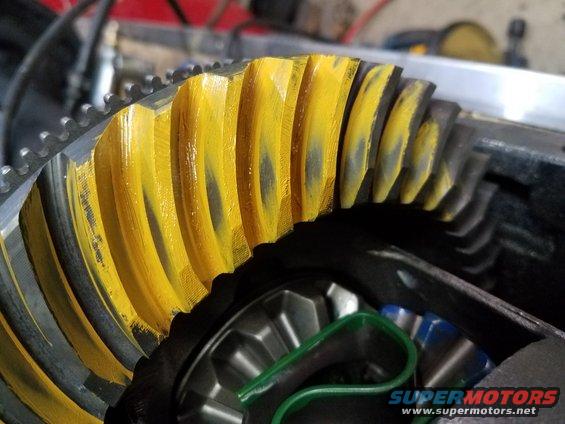RempageR1
Well-Known Member
Hi,
When searching for some info I found this picture on Sean`s facebook site:

Can someone explain what these shims do? During assembly, the bearing is placed a bit to the right and when the crankcases are joined, the cover plates are attached moving the bearing to the left (ensuring it sits perfectly against the cover plates and there is no gap at that side. Since it would normally not move all the way to the left, it seem to me the shims would not engage between the cases and the bearing.
Question behind the question: My `85 bike doesn't have these shims and I`m wondering if I should add them.
When searching for some info I found this picture on Sean`s facebook site:

Can someone explain what these shims do? During assembly, the bearing is placed a bit to the right and when the crankcases are joined, the cover plates are attached moving the bearing to the left (ensuring it sits perfectly against the cover plates and there is no gap at that side. Since it would normally not move all the way to the left, it seem to me the shims would not engage between the cases and the bearing.
Question behind the question: My `85 bike doesn't have these shims and I`m wondering if I should add them.







